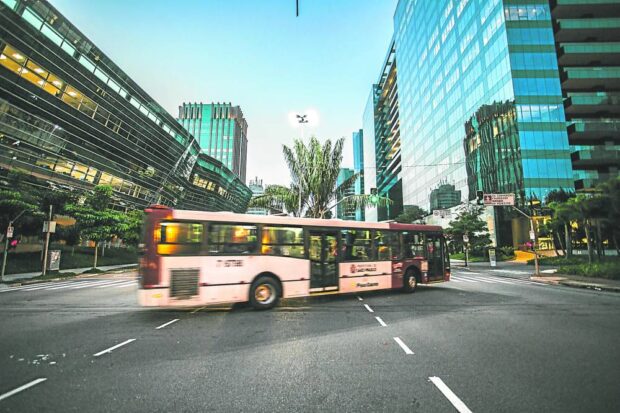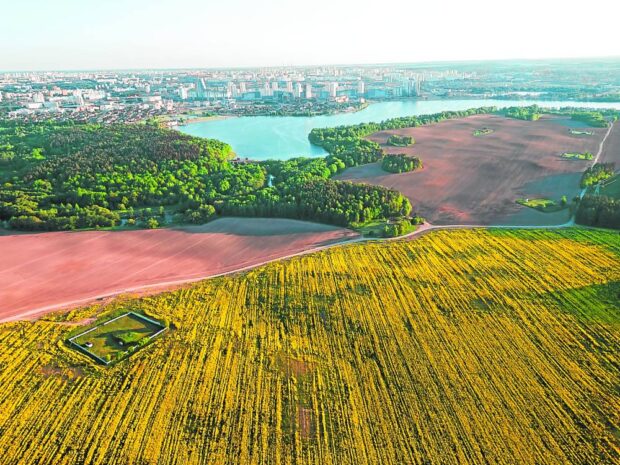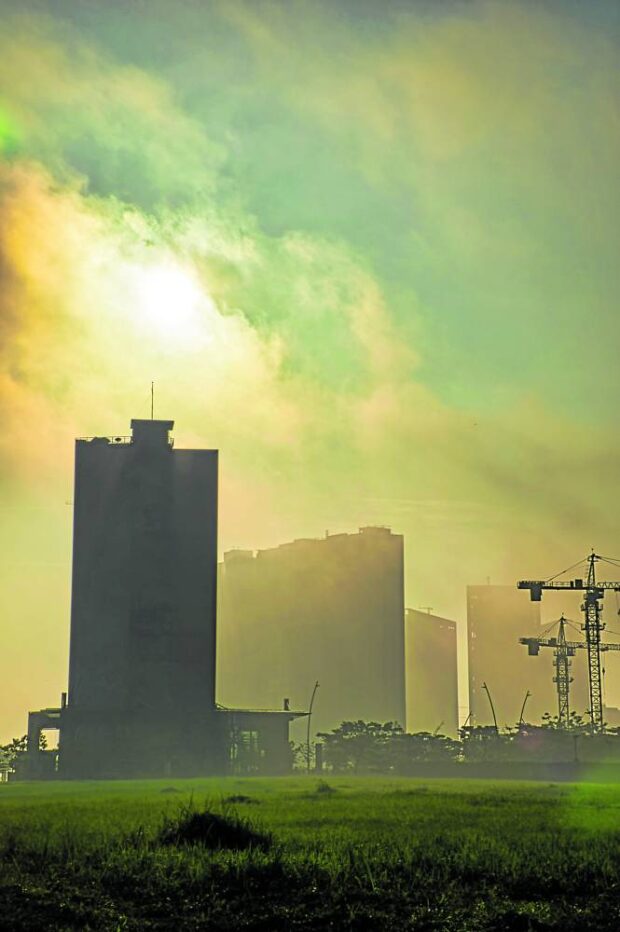The benefits of high-rise development in emerging provinces

Buses, trains and other public transportation modes are usually improved on with the rise of new developments in an area.
“Tall buildings are a source of pride for our city.”
These famous lines by former New York City Mayor Michael Bloomberg may have referred to the skyscrapers of the Big Apple, but they basically ring true everywhere. Tall structures are often seen as symbols of a city’s prosperity. A skyscraper in your area means that investors are attracted to the place’s development.
But are the Philippines’ provinces ready for skyscrapers? As our country continues to be a primarily agricultural nation, a lot of us may feel anxious with the idea of tall buildings against the backdrop of farm lots and forests. The possibility of ruining nature and rural livelihoods weigh heavily on many minds, but in reality these can be minimized, if not altogether avoided. If you really think things through, the idea of building skyscrapers in our developing towns may actually yield a lot of benefits in the long run.
Here are some reasons why tall buildings ought to be part of the Philippines’ rising provinces.
Attracting investors
Do you notice that when a subdivision or building is built in your area, other developments soon follow? More often than not, it just takes one investor to create a domino effect when it comes to the city’s growth. The construction of a building in a developing town encourages other people to buy nearby properties and create new businesses in the area.
Perhaps one of the best examples of a building that significantly shaped a city’s history would be the Empire State Building in New York City. At 92 years old, the skyscraper continues to be a popular tourist spot and cultural icon of the city. It has been designated as a US National Historic Landmark and a New York City Landmark among other accolades. It was so popular that during its heyday, nearby businesses advertised themselves based on their proximity to the Empire State Building. As it was built during the Great Depression Era of America, the construction process of the building had its fair share of challenges. It became a symbol of strength for many, however, as it provided jobs, opportunities and a hope for a better tomorrow. Soon after, the Rockefeller Center was built in the same area. While this new structure provided competition to the Empire State Building, it became an additional source of jobs for many New Yorkers.
Just like the Empire State Building, significant high-rise structures can become landmarks of a city. From the planning stage to the actual operation, skyscrapers provide people livelihood as they bring in tourists, tenant companies and new investors to the area. They help stimulate the local economy and push the city toward better growth.
Creating new opportunities
Besides jobs and investments, high-rise construction encourages the development of new infrastructure in the area. Local governments often benefit from the construction of new buildings so they usually carry out projects that would ease access to the area. Roads, sidewalks and even bike lanes are often improved to encourage people to visit the city more and build more structures. Public transportation such as trains and buses are also enhanced as more and more people use them to go to new developments.
High-rise structures also drive real estate costs down. While it is usually blamed for creating congestion in a city, that’s not usually the case. Usually, the people are already in the area, looking for opportunities and provisions. High rise structures provide these and help drive housing affordability. By providing more offices and homes in a plot of land compared to a low-rise structure, skyscrapers meet demand and discourage high pricing of similar provisions in the area.
Preserving farmlands
You’ve probably seen a movie where a low-income community is evicted to make way for a skyscraper developed by a greedy villain. Thankfully, that’s rarely the case in real life. Land zoning laws designate areas in the city that can become urban developments. They also exist to protect existing communities, low-income residential areas, and wildlife sanctuaries. Before they are built, high-rise structures must pass rigorous scrutiny by city hall and its future neighbors.

The Empire State Building in New York City served as a beacon of hope to Americans during the Great Depression.
Even in rural areas, farm lands remain protected by zoning laws. Developers cannot just decide to create new buildings on a whim. They must still undergo a series of permits from various groups of authority. With this in mind, it thus becomes possible for farm lands and high-rise structures to co-exist in a single, progressive city. In fact, “40 percent of the world’s cropland is in or near cities” (Barclay, 2014). The proximity of farm lands and urban areas are beneficial as the former can provide the food supply requirements of the latter. One need not be lost in favor of the other.
Co-existing with nature
Perhaps the biggest fear of people against high-rise developments is the loss of natural resources in an area. If the land where the building is to be built, however, is already barren, this may not create any loss to nature. In fact, new technology in high-rise construction can lead to sustainable systems which lessen the detrimental effects of human activities on Mother Earth. Rainwater collection systems, vertical farming and solar panel systems are just a few examples of these technologies which can be used in buildings to support nature.
Overall, high-rise buildings and urban townships are not immediately detrimental to the character and conditions of a province. Provided that zoning laws are followed, sustainable technologies are utilized, and new opportunities are created, skyscrapers can actually help push provinces toward the path to progress. We may just need to give them a chance.
Sources:
Barclay, Eliza. “40% of the World’s Cropland is In or Near Cities.” 2014 November 12. https://www.npr.org Nextvoyage, Siarhei Nester, Tom Fisk, and Kaique Rocha via pexels.com


